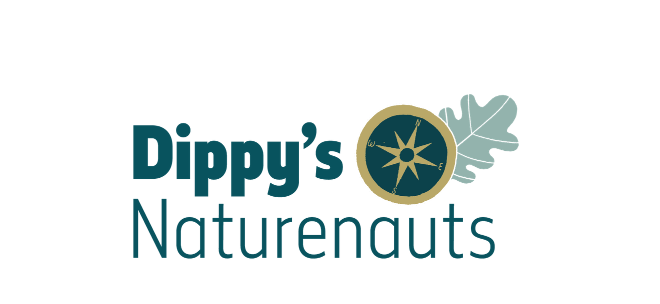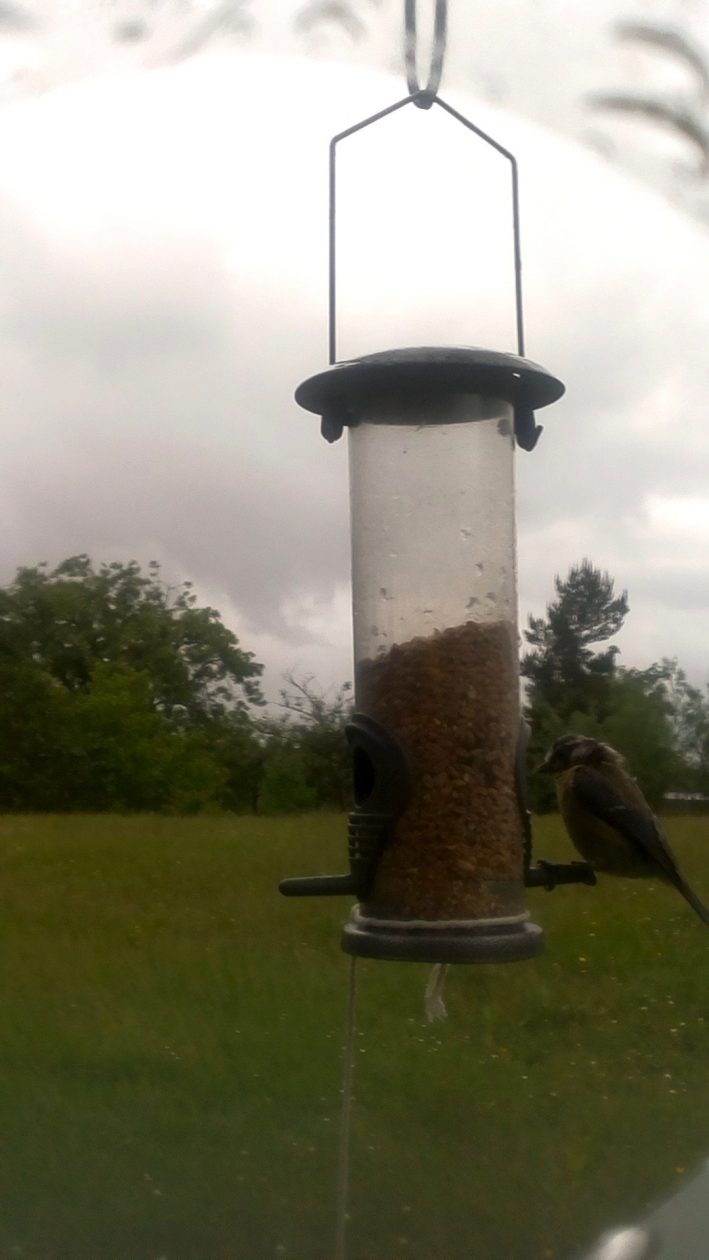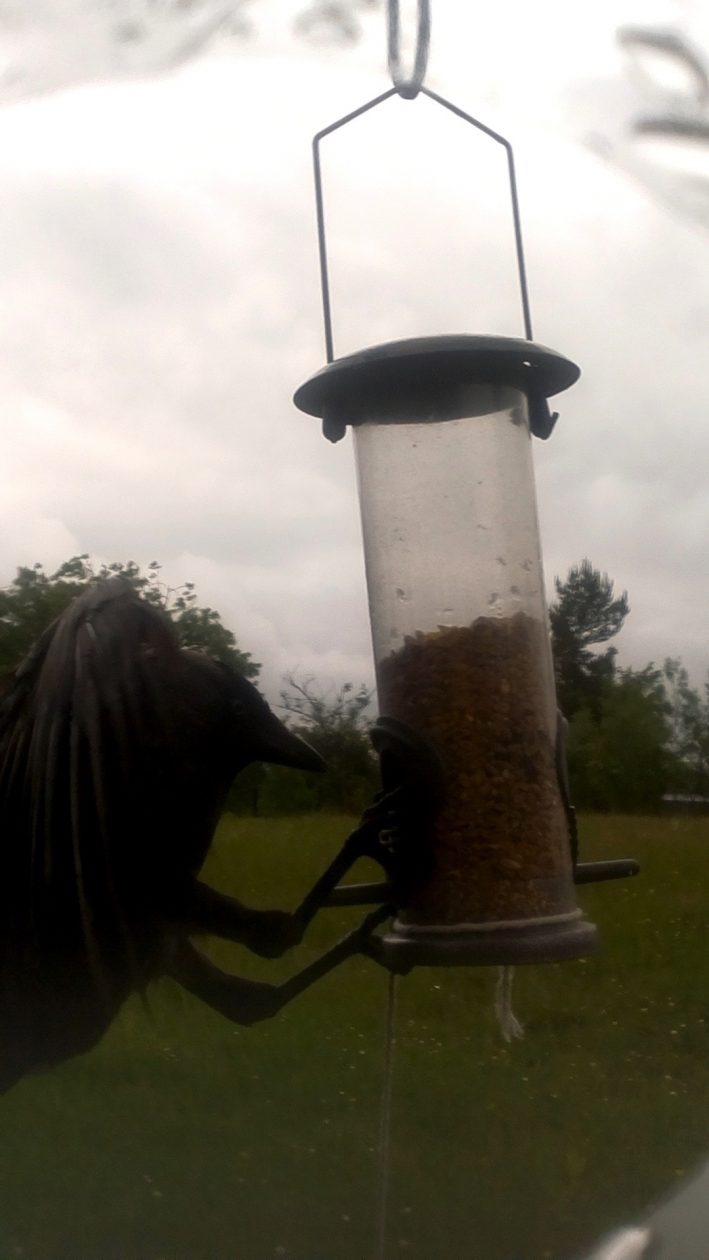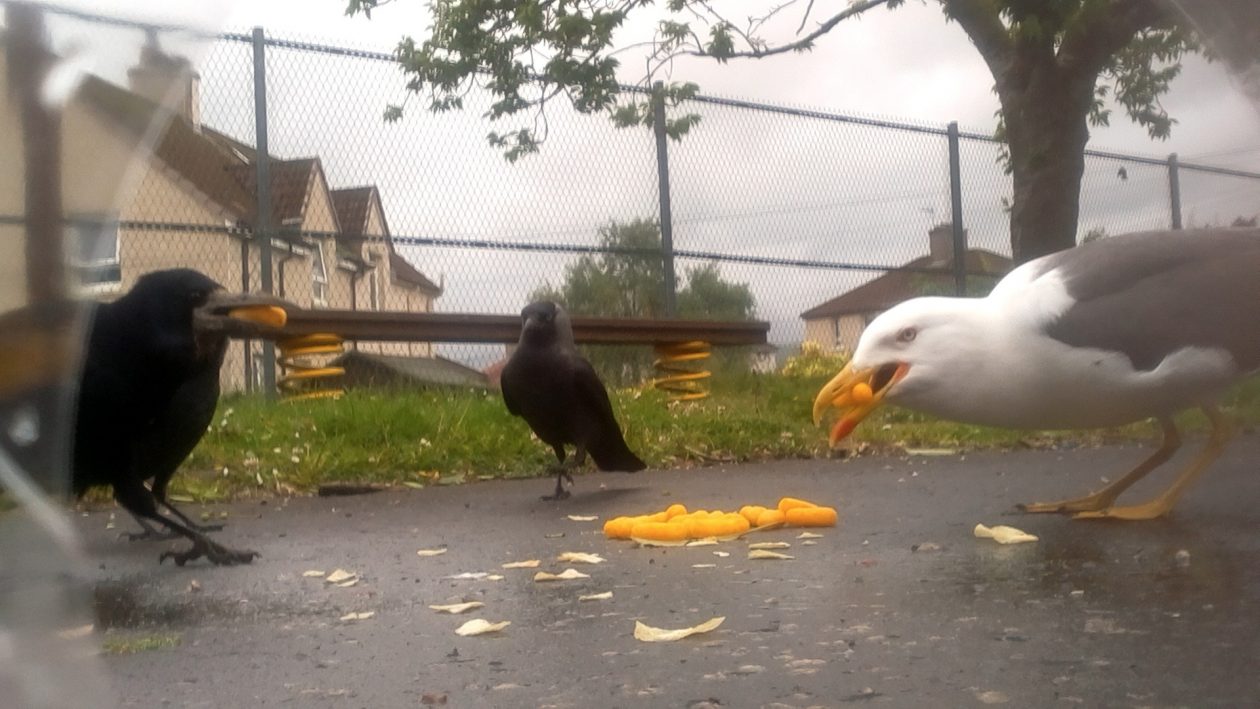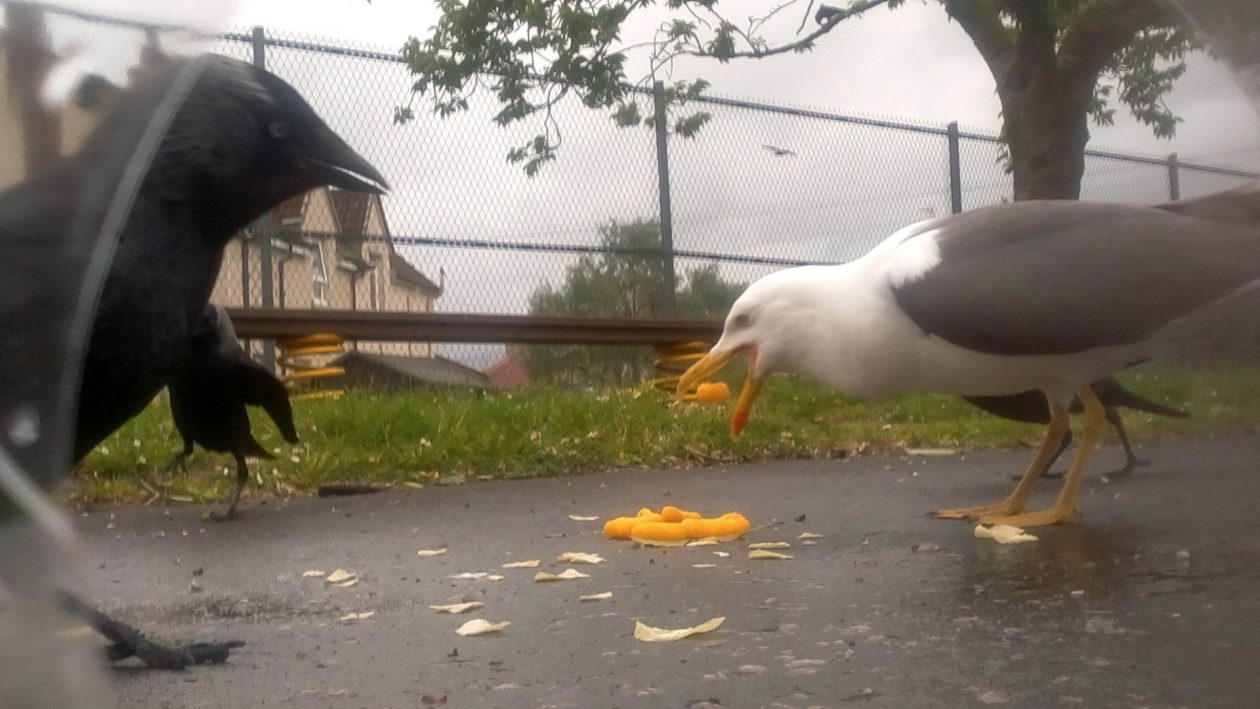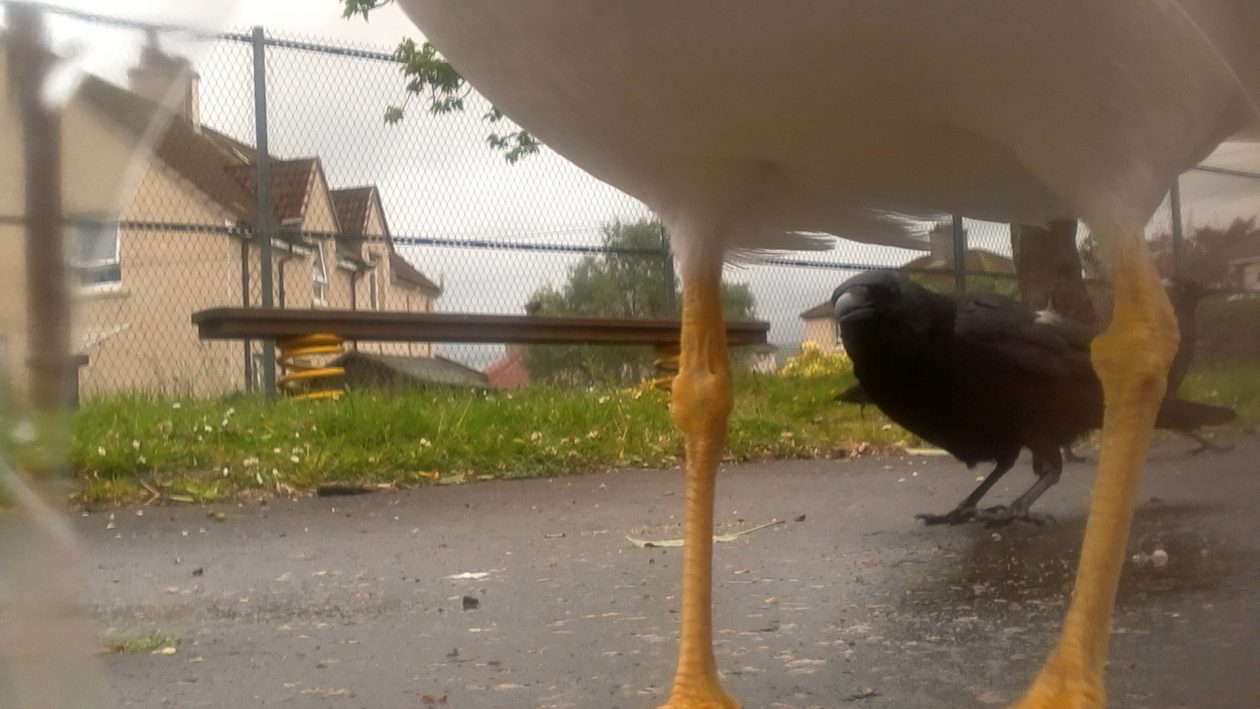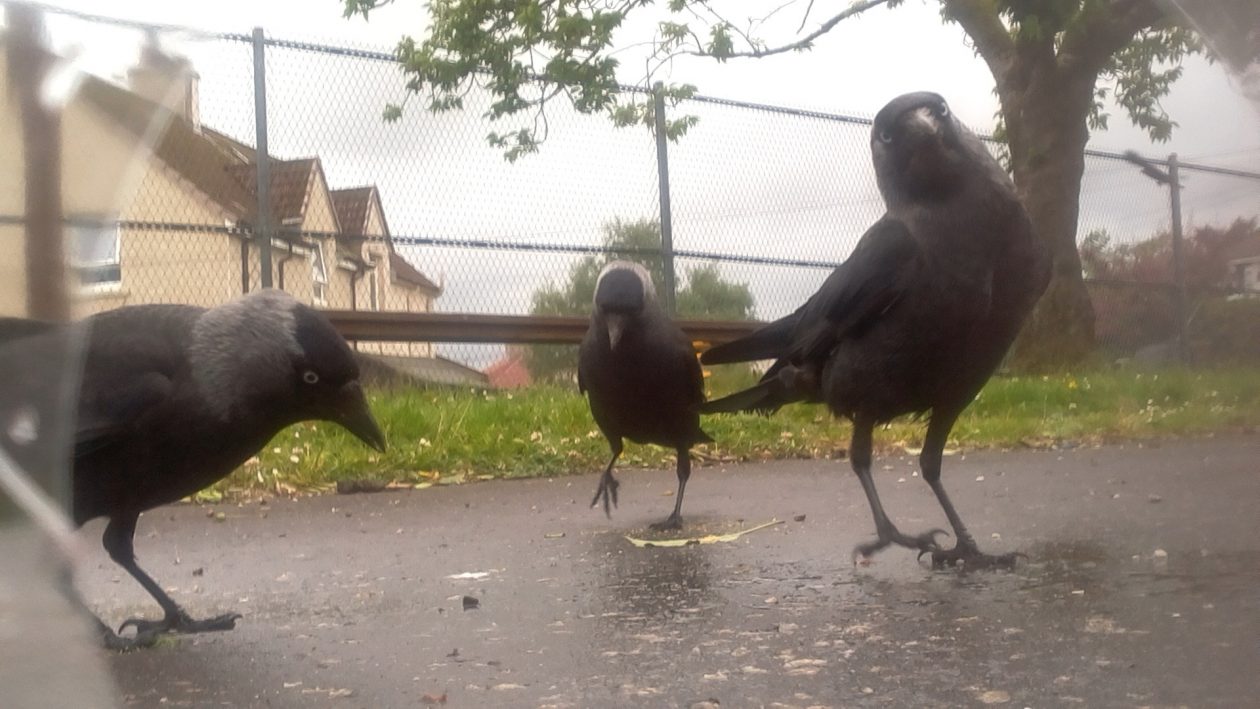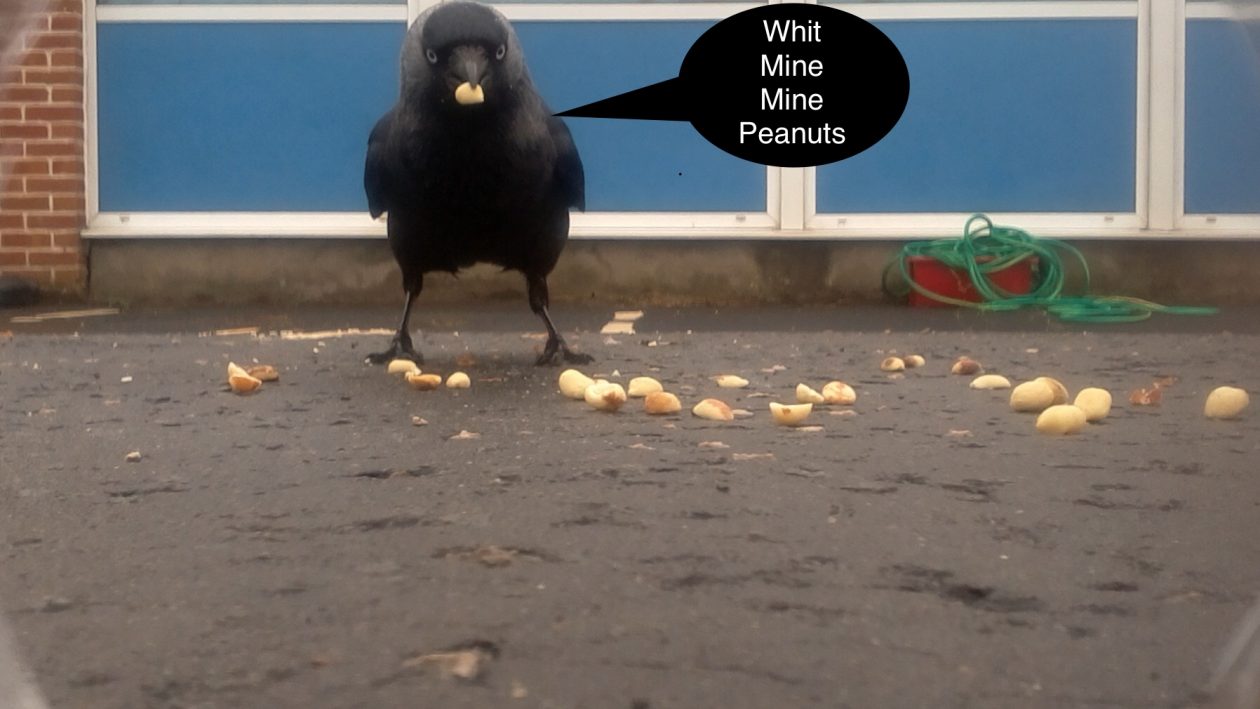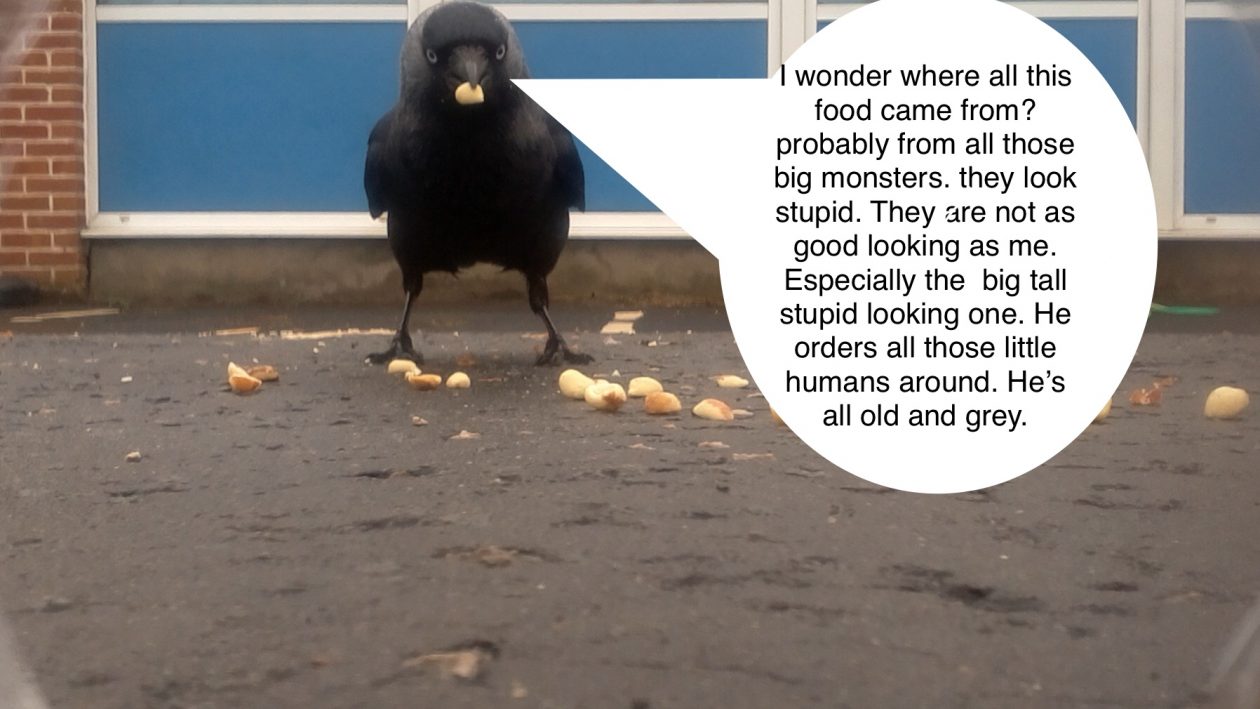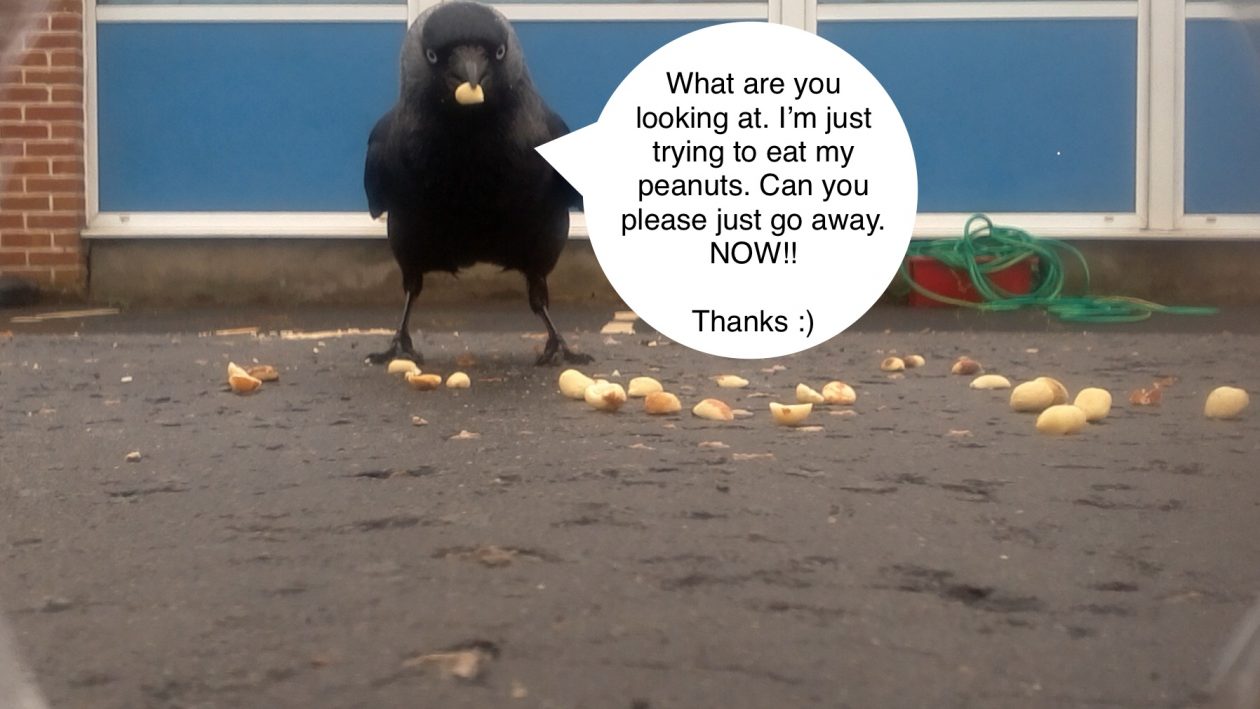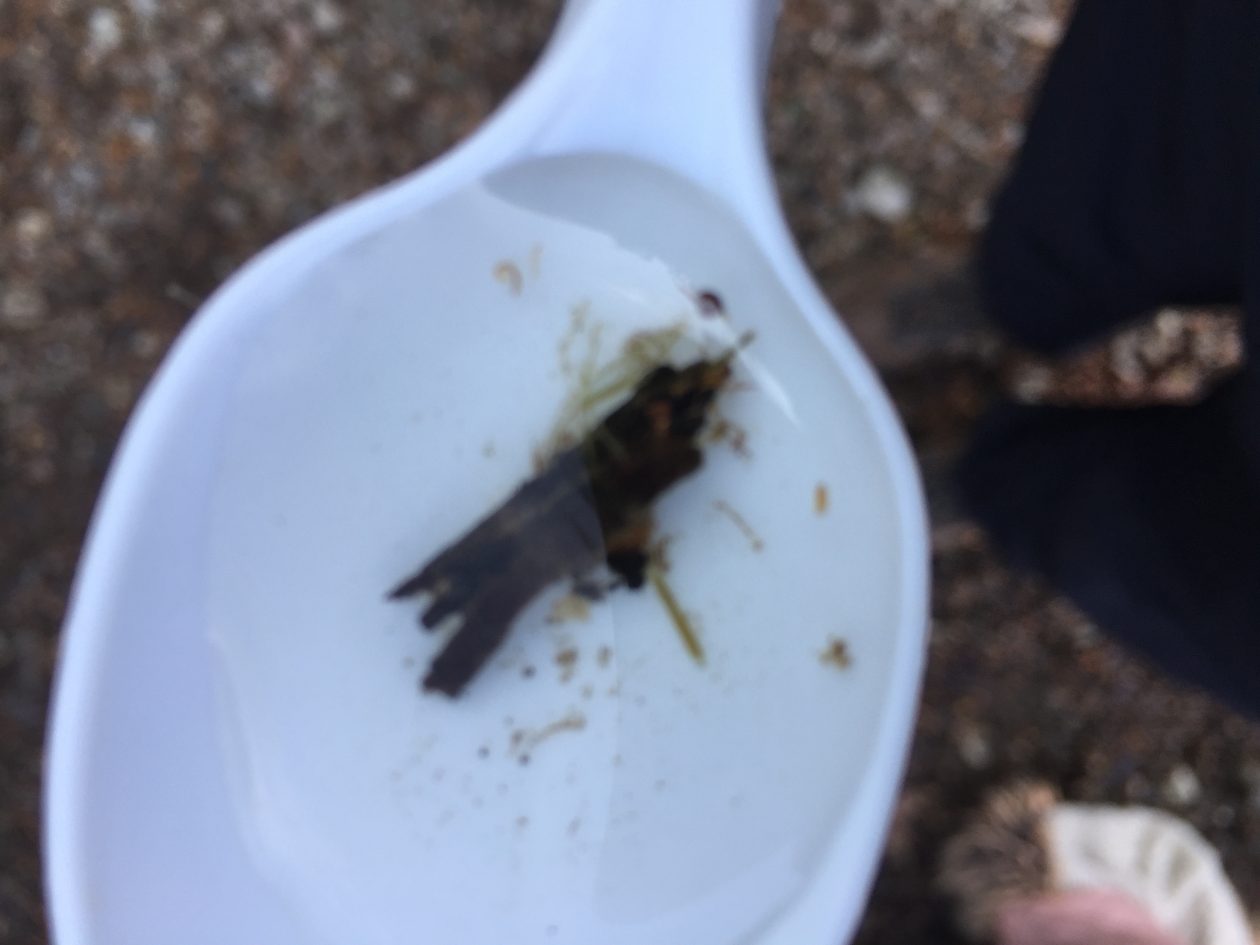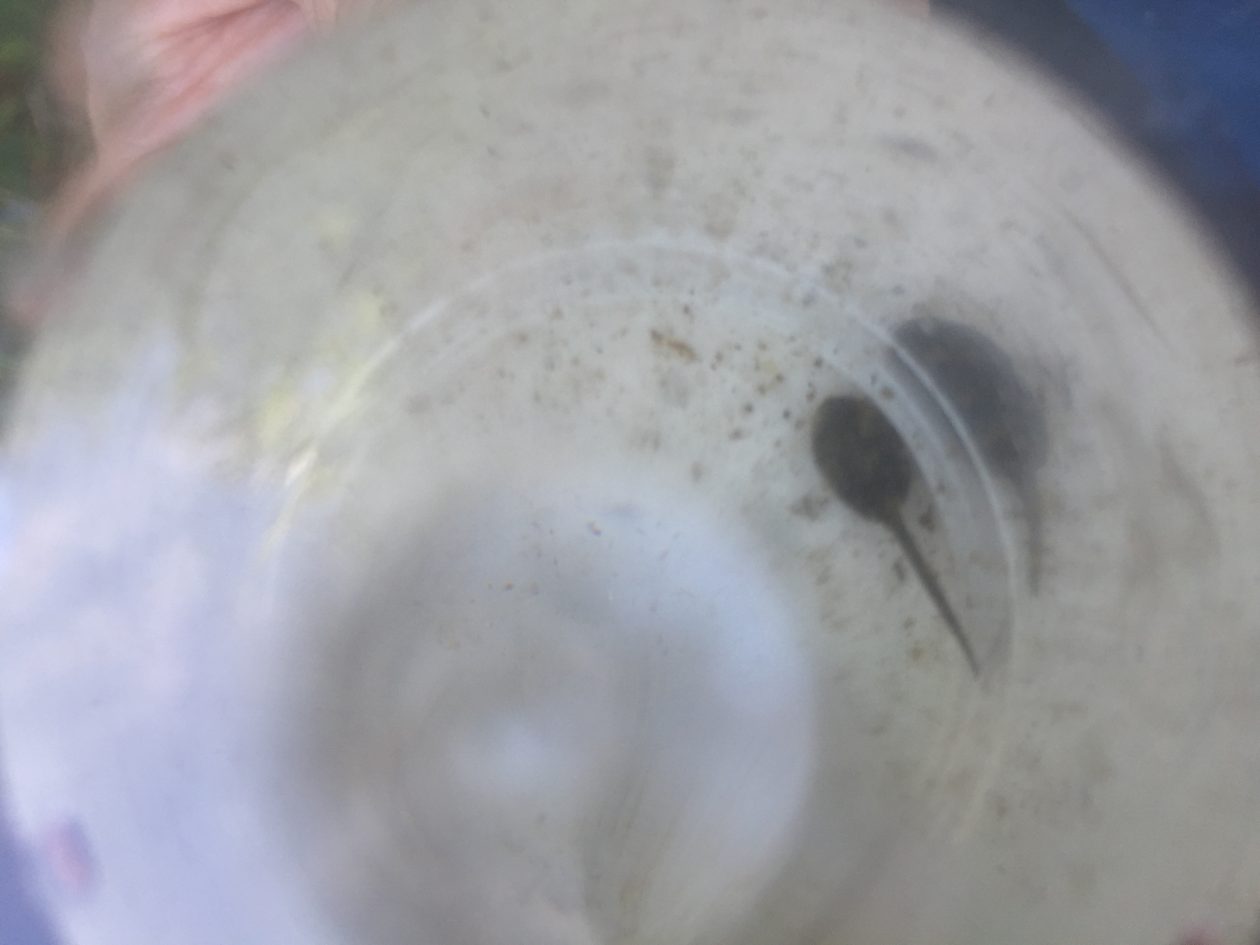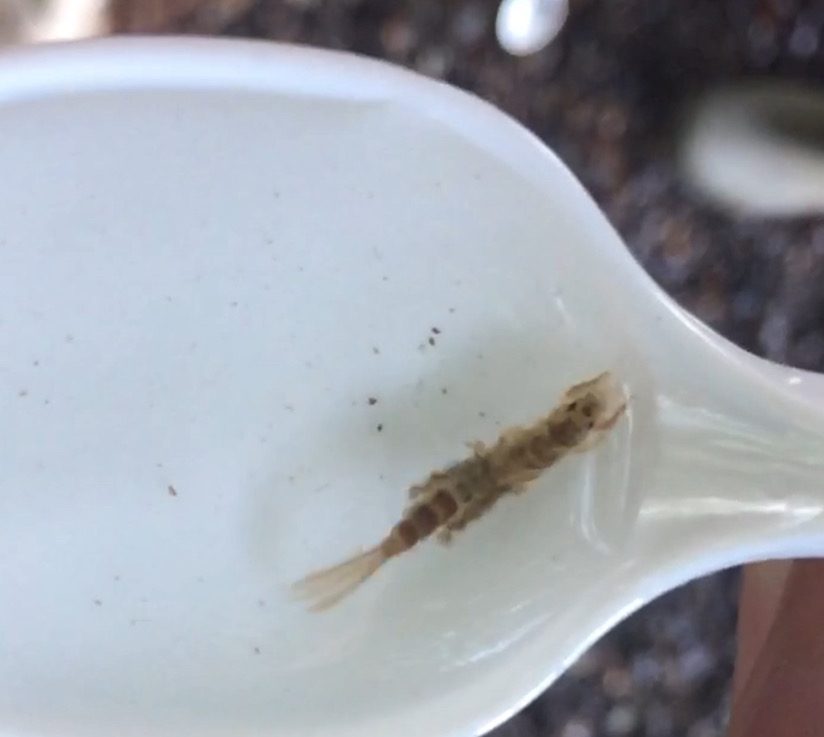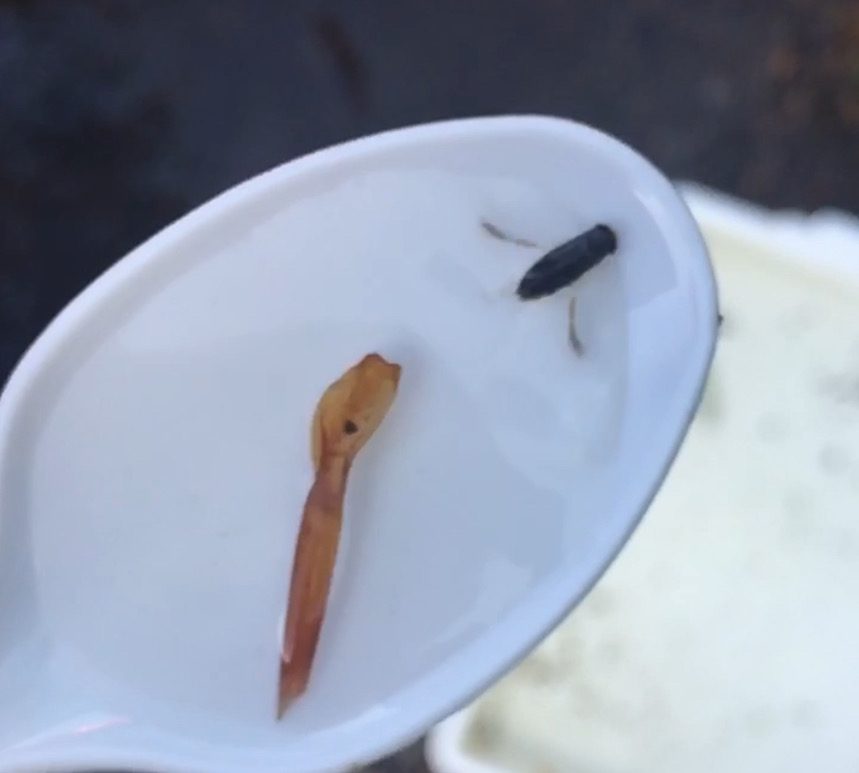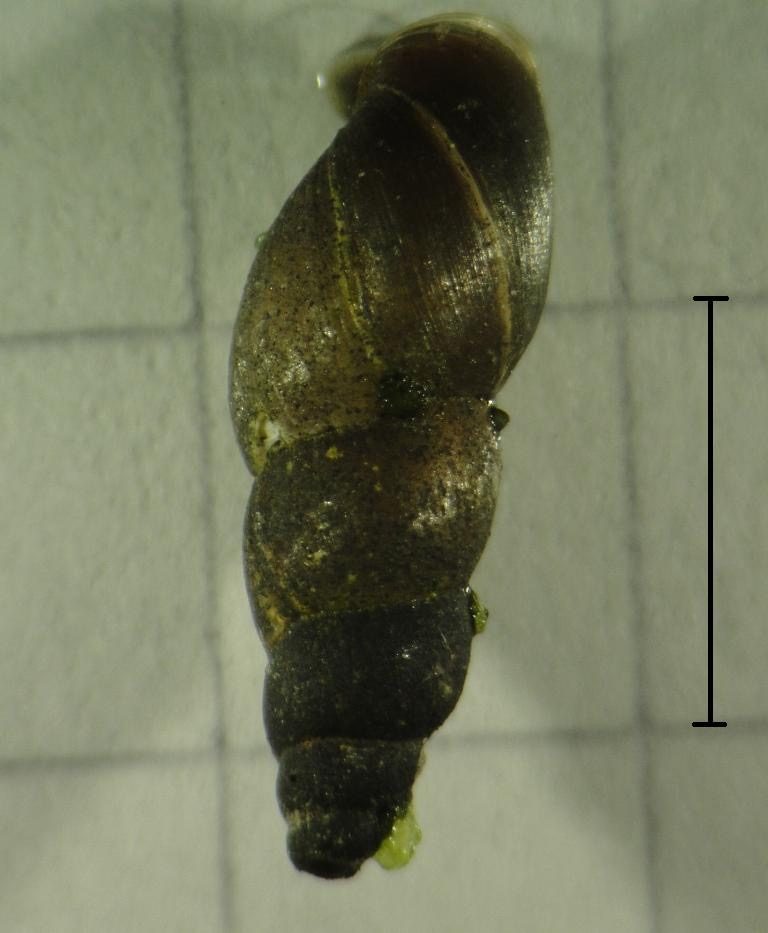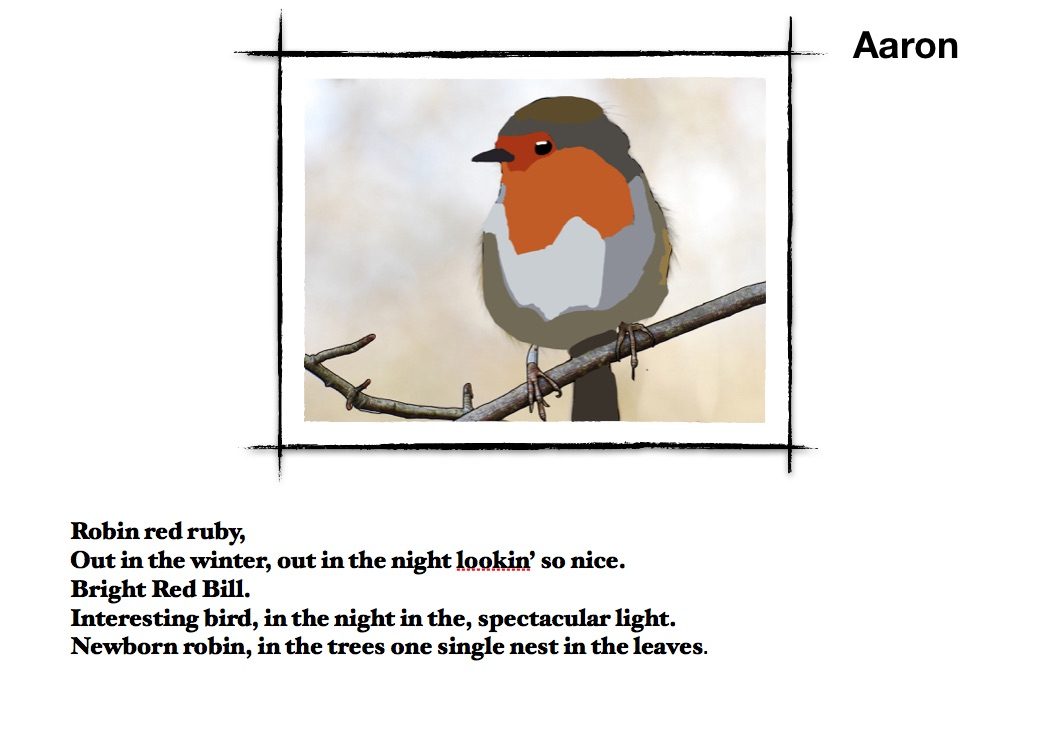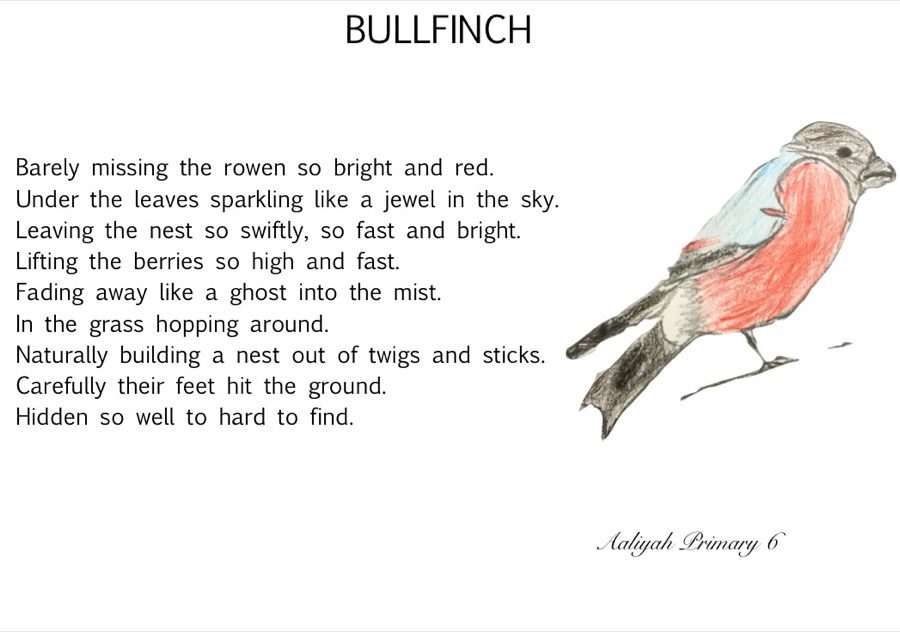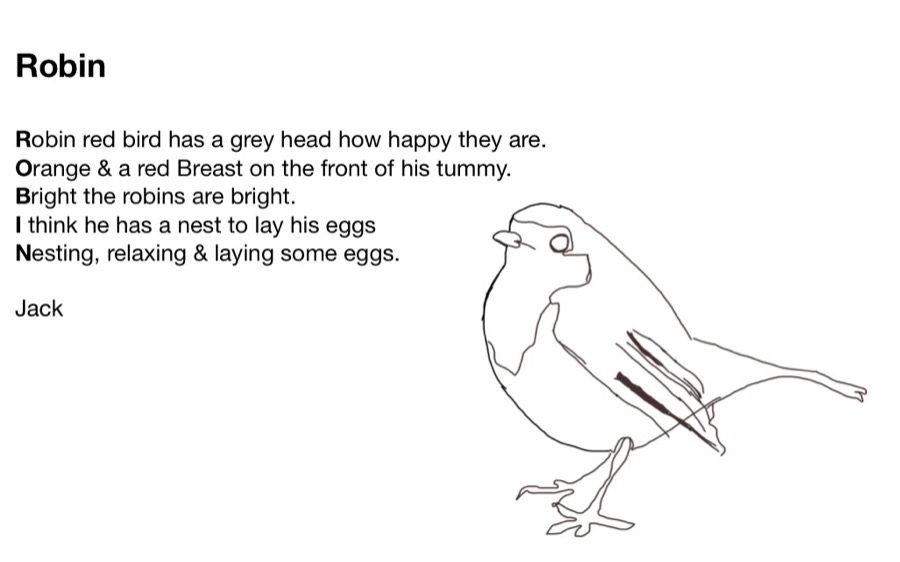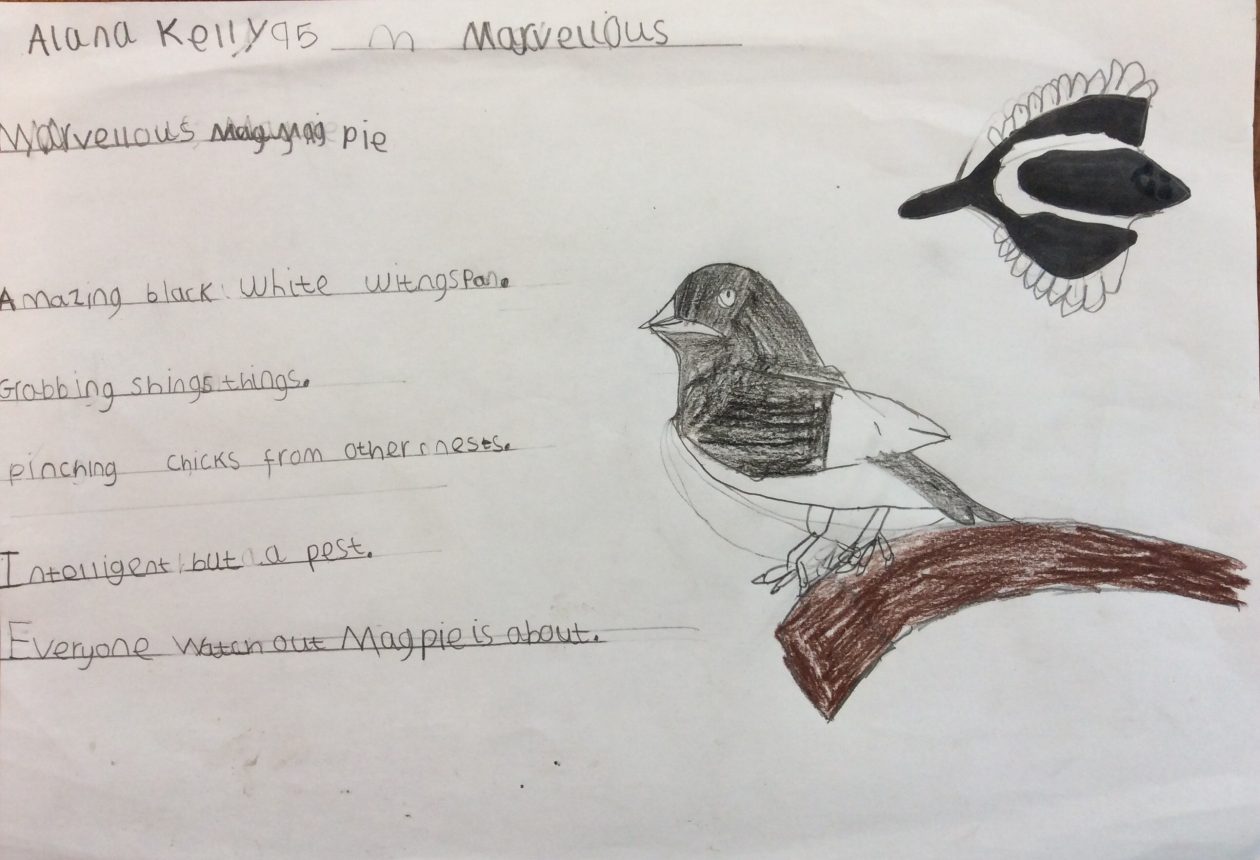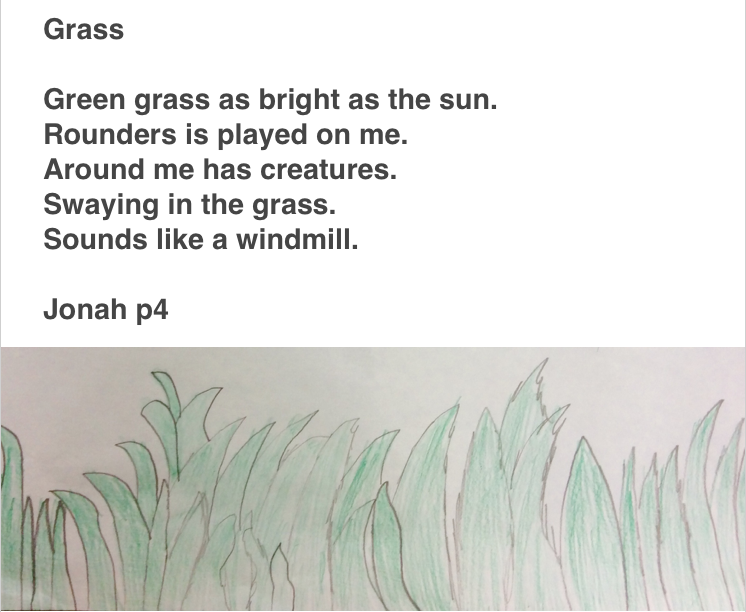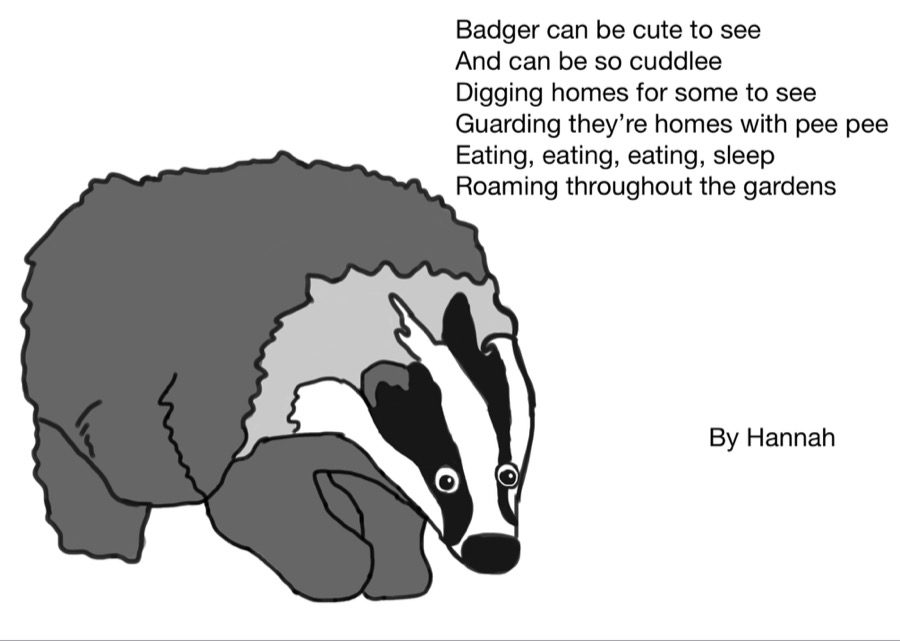Dippy’s naturenauts is an immersive experience designed to help children explore, understand and care about the natural world around them.
Dippy the dinosaur and Fern the fox will guide your child on mini adventures in nature. Along the way, they’ll discover the colourful side of nature, learn about the UK’s native birds, flowers and trees – and hear stories from the Jurassic period, too.
We have use the app a little round the playground here is what some of the pupils thought.
What the app does
Lets you find nature feel nature and learn more about it.
How I got on
I got on well on doing the colour game. I found all the things like red=spinning top yellow=butter cup brown=tree green=grass and purple=flower thank you for making this app.
What I think about the game
It’s a very good game for letting people see more nature.
By Heather p4
The naturenauts game is one when you scan things and look for things in the wild.
I thought it was great because it worked smoothly but when you scan the colours is has to be exactly red e.c.t
When I used it I done the colour scan thing and I done the bird one too ( I didn’t see the birds at that moment but I have seen them before ).
Max P.5
Naturenauts is a cool app about getting kids excited about going outside. The app is mostly about nature that’s why it has got nature in its name. It’s a kids game about trying to get kids interested in nature and getting them outside rather than playing all day on there phones.
I think the game could move a bit smoother because the camera needs to be a little less laggy and it could use a bit more explanation on how to use the camera also it kept glitching me back to the start on the first few games of colours. Overall I think it was a cool and fun app but it needs to be a little more adjusted to the lag.
Emma, P7
The app is a good way for kids to go outside and explore the world outside. It was a good way to get some exercise and have fun.
I got on ok. I think that some people and I found it a little hard taking the pictures cause we all thought that you had to tap the screen to take the picture when you didn’t need to do that at all.
I found it fun but my camera kept on freezing and it was driving me bonkers but I really enjoyed it. It was good.
Hannah p.6
We got to play the app naturenauts. The game is about going out and recognising things and just noticing what’s around you in nature. There is lots of different things you can do like go on a colour hunt or look for certain trees and flowers.
I logged on and a thing I liked was that you got to name yourself and make a character. Then it just asks you a few questions like do you like nature and do you agree to be a naturenaut.
I played the colour hunt I liked it because I got to go around and find natural things with different colours even though I struggled with purple. At first I didn’t understand about taking the picture because I thought you had to press the button to take the picture and I thought that I was taking pictures of random things so I kept cancelling out and going back in again. Shortly I realised that it automatically took a picture when it saw the things. After that it was pretty easy to use.
Zara p7

